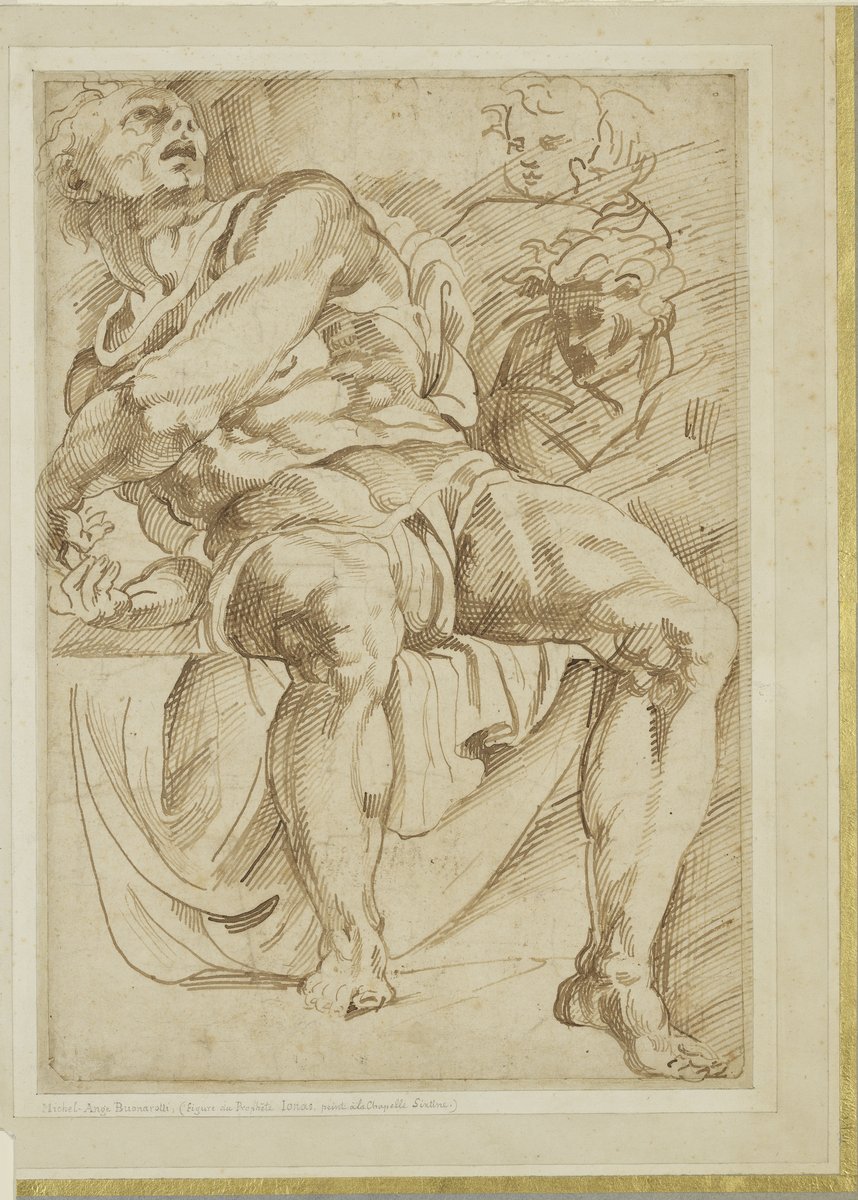
Jonah after the Sistine Ceiling
Prints and Drawings
| Alkotó | |
|---|---|
| Kultúra | Italian |
| Készítés ideje | 1750 |
| Tárgytípus | |
| Anyag, technika | etching, engraving on paper |
| Méret | 550 × 405 mm |
| Leltári szám | 25195 |
| Gyűjtemény | Prints and Drawings |
| Kiállítva | Ez a műtárgy nincs kiállítva |
After studying architecture and theatrical set design, Piranesi chose as his area of concentration reproductive graphics – etchings. He produced over a thousand prints during his career, several hundred of which are held in the Budapest Museum of Fine Arts. Starting out in Venice, the European capital of engraving and book publishing, and of arts, literature, theatre and music in general, he found inspiration and the best venue for his work in Rome. Roman architecture featured strongly in his city views, and its influence shows up on his greatest series of etchings, Imaginary Prisons. His monumental compositions and painting-like etching technique display an astonishing degree of individuality. The prisons he drew, combining motifs from ancient buildings, stage sets and mediaeval castles, were unique visions unparalleled by anything in his time.
Captivity was a common theme in the dramas and operas of the era, and so the theatre required a great many prison interior sets. Piranesi was well-versed in decors, and this might have been what prompted him to produce a series of capriccios on the theme, intended for sophisticated viewers. They were later published again with revisions and additions. The interpretation and spatial arrangement of his compositions differ from the contemporary art, and their emotional charge suggests a romantic inclination. Stone walls, balustrades, arches and apertures are brought together into surprising compositions, detached from their realistic associations and presented to the viewer in fearsome combinations. The playfulness of Baroque art shows up in the free juxtaposition of various architectural motifs, and the forms evoke the motifs and mood of ancient Roman foundations, cisterns, amphitheatres and enormous stone walls. Piranesi’s depiction of space breaks with the traditional construction of perspective; he does not set a centrepoint – a single distant vanishing point, but combines more than one viewpoint and brings them into baffling association. These features put his art a century and a half ahead of its time.
Sheet no. 9 of the Prisons series, which remained unaltered in the second edition, depicts a gateway of enormous ashlars, whose stones of the lateral projection rise into the air as a truncated ruin. Beside it are two open arches, to which a pulley and ring for a rope hoist are attached. The curved form above the gate is open to diverse interpretations: an enormous torture wheel or a round window into the roof structure, from which human figures tied to nailed beams are falling down. The cloud-like light form suggests a connection with the open sky, but the gallery and the upward-leading ladder imply that the building continues upwards. The enigmatic motivation and spatial structure of this image, the dissolution from one unfathomable form and construction to another, shows Piranesi at his most absurd and most modern.
Text: © ANDREA CZÉRE
A folyó kutatások miatt a műtárgyra vonatkozó információk változhatnak.